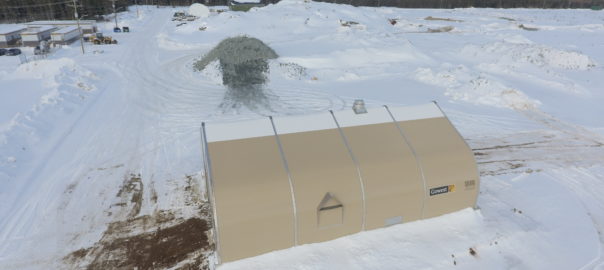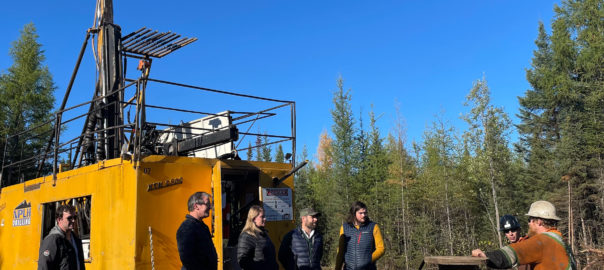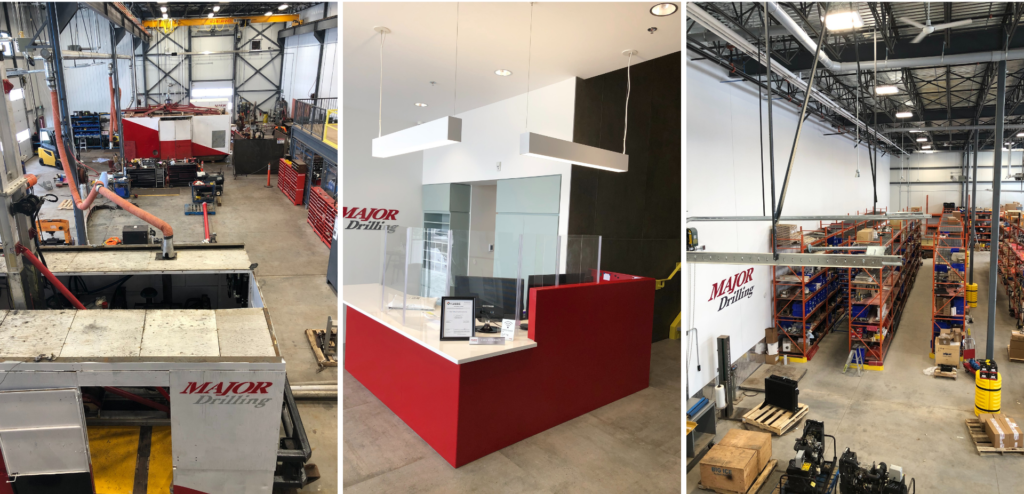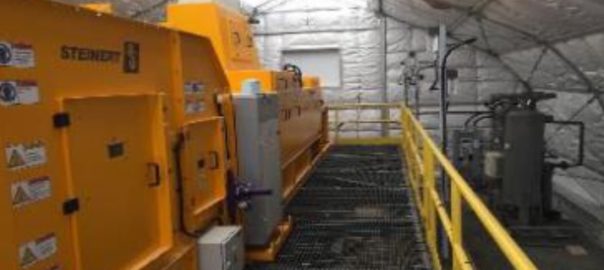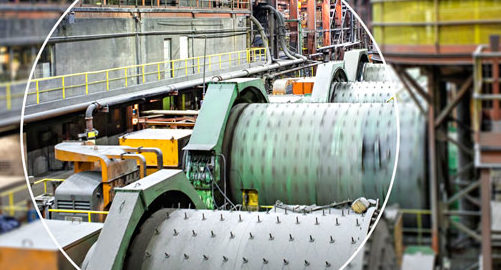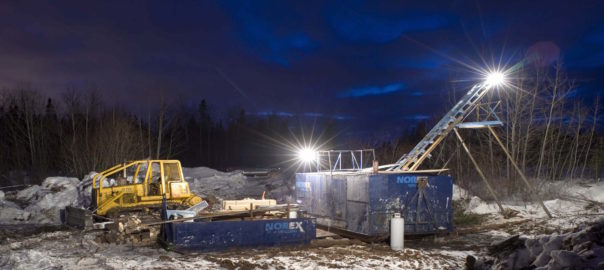Gowest Gold has engaged Dumas Contracting Ltd, part of STRACON SA, in a four-year contract to assist with the restart of operations at the Bradshaw gold deposit, in Timmins, Ontario.
Dumas has already begun moving equipment to the site and is rapidly ramping up the mobilisation process, with both Gowest and Dumas targeting the resumption of underground work in April.
Dumas is a leading, full-service mining contractor specialising in mine construction and development, production mining and engineering. It is the primary contractor working at numerous mines throughout the Americas, including several in northern Ontario, Gowest said.
Currently, Bradshaw contains a NI 43‐101 indicated resource estimated at 2.1 Mt grading 6.19 g/t Au for 422,000 oz of gold, and an inferred resource of 3.6 Mt grading 6.47 g/t Au for 755,000 oz of gold. Further, based on the prefeasibility study produced by Stantec on June 9, 2015, Bradshaw contains probable reserves (using a 3 g/t Au cutoff and a gold price of $1,200/oz) of 1.8 Mt grading 4.82 g/t Au for 277,000 oz of gold.
Dan Gagnon, President and Chief Executive Officer of Gowest, said: “We are extremely pleased to have Dumas, with their extensive experience and focus on safety, as our long-term partner in restarting mining activities at Bradshaw. At the same time, now that we have the significant financial support of several of our major shareholders, we are also quickly advancing on several related fronts. This includes hiring personnel, mobilising equipment, ordering consumables and other preparations to ensure Bradshaw’s success as the next new gold mine in the Timmins camp.”
The first underground work will focus on the development and production of the initial bulk sample area (East Zone), the development of ventilation infrastructure, as well as the development of a ramp to expand and access new ore zones, Gowest says.
The company is also working towards finalising an agreement for milling Bradshaw’s ore, working with several parties to determine the optimal approach for handling the gold concentrate.







